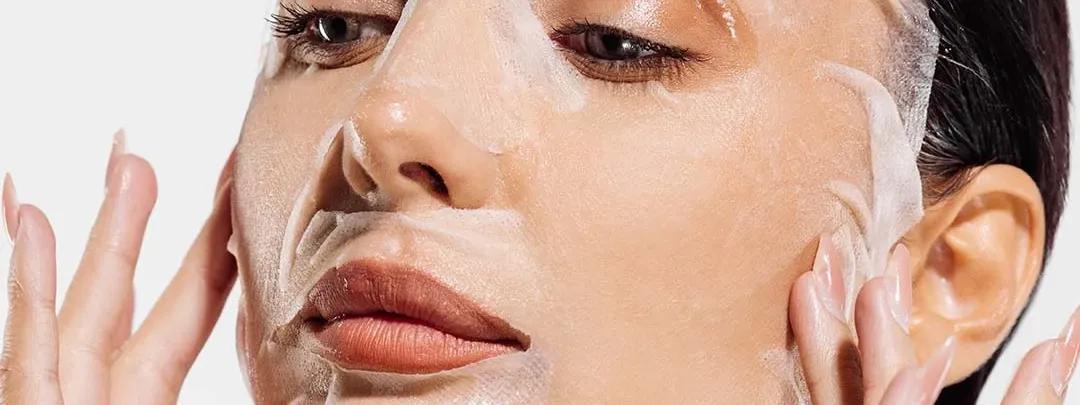How long does it take to see results from applying milk on the face?
Most people start noticing softer, smoother skin after 2-3 uses. For more significant benefits like improved skin tone or texture, give it 4-6 weeks of regular use.
Can I leave milk on my face overnight?
It's not recommended to leave milk on your face overnight as it can spoil and potentially cause irritation. Stick to 10-15 minute treatments for safety.
Is raw milk better than pasteurised milk for skincare?
Raw milk contains more natural enzymes and beneficial compounds, but it also carries higher contamination risks. Pasteurised milk is safer whilst still providing most skincare benefits.
How often should I apply milk to my face for optimal benefits?
Start with once or twice weekly and see how your skin responds. You can gradually increase frequency if your skin tolerates it well, but daily use isn't necessary.
Final Thoughts
Who knew that something as simple as milk could offer so many skincare benefits? From gentle exfoliation to natural moisturising, this humble ingredient proves that sometimes the best beauty solutions are hiding in plain sight. Whether you're dealing with dryness, dullness, or just want to try something new, milk-based treatments are definitely worth exploring.
The beauty of natural skincare is that you can experiment safely and affordably. And speaking of trying new things, Smytten is India's largest product discovery and trial platform, connecting you with top lifestyle, beauty, wellness, and grooming brands. With curated trial packs from over 1,500 trusted brands, you can explore skincare products that complement your natural routine. Each mini is linked with Trial Points, and you can get up to 8 minis for just ₹249, with 100% cashback redeemable for future orders. After all, why settle for 'maybe' when you can #TryItAll!

 200ml
200ml Combo
Combo 100 ml
100 ml 500 ml
500 ml